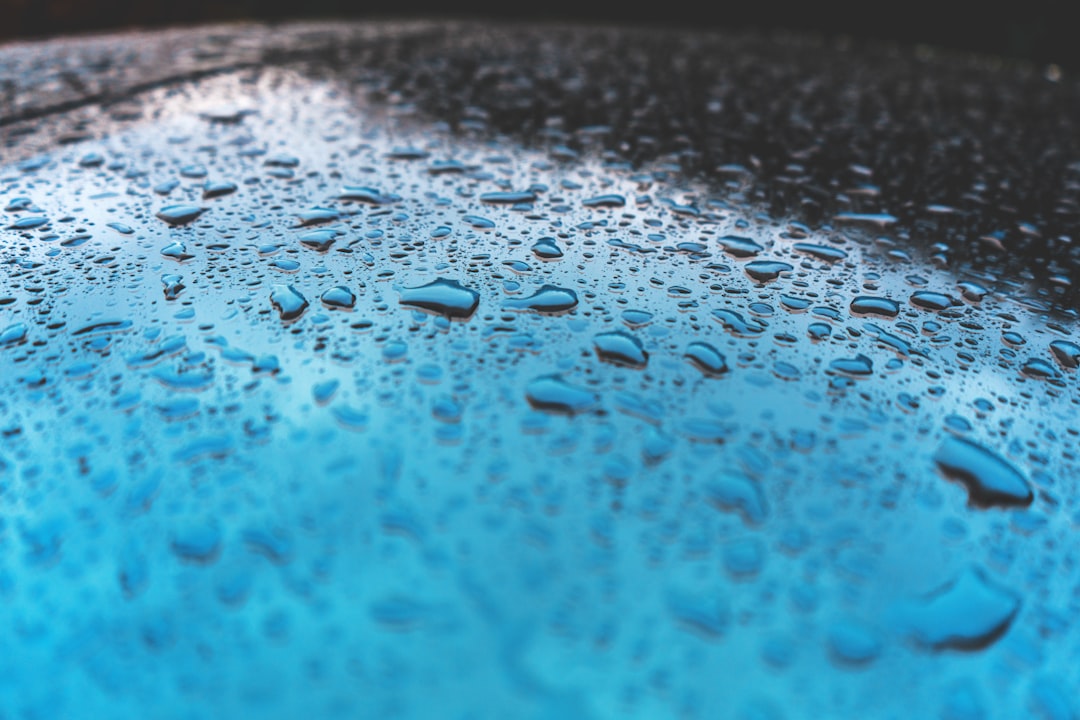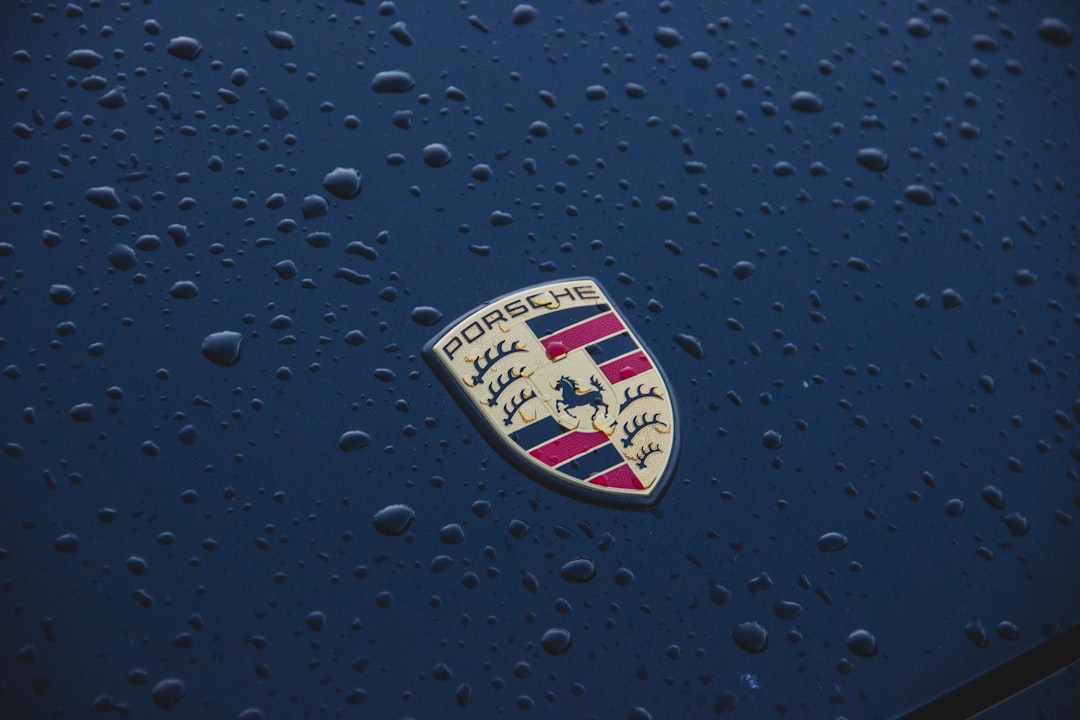
#image_title. Rechargd.com is reader supported. We may collect a share of sales or other compensation from the links on this page. As an Amazon Associate, we earn from qualifying purchases.
Have you ever wondered if you can charge a Tesla in the rain? If so, you’re not alone. Many people are curious about the safety and feasibility of charging an electric car in wet weather conditions.
Yes, you can charge a Tesla in the rain. Tesla vehicles are designed with waterproofing measures that ensure safe charging even in wet weather. The charging port and connectors are built to withstand rain and other environmental factors, allowing you to charge your Tesla worry-free regardless of the weather.
Understanding the Electric Connection
When it comes to charging your Tesla in the rain, it’s essential to understand the electrical components of the charger and how they are designed to withstand adverse weather conditions. Tesla’s charging system consists of two key components: the onboard charger and the charging connector.
Onboard Charger
Your Tesla’s onboard charger is responsible for converting AC power from the charging station into DC power that can be stored in the vehicle’s battery. The onboard charger is securely housed within the vehicle and is designed to be resistant to water and moisture. It is built to the highest safety standards to protect both the charger and your vehicle from any potential electrical damage.
Charging Connector
The charging connector is the link between your Tesla and the charging station. It is an essential part of the charging process and plays a vital role in the waterproofing of the charging system. Tesla’s charging connectors are engineered to be weather-resistant, meaning they can withstand exposure to rain and other environmental elements. You can buy one here from Amazon.com.
Water-Resistant Versus Waterproof
It’s important to understand the difference between water-resistant and waterproof when it comes to Tesla charging equipment. While these terms are often used interchangeably, they have distinct meanings that can affect the performance and safety of the charging system.
Water-Resistant
Water-resistant components, such as Tesla’s charging connectors, are designed to protect against the ingress of water to a certain degree. They can handle exposure to light rain or splashes, ensuring that the electrical connection remains secure. However, it’s important to note that water-resistant does not mean completely impervious to water. It’s always a good idea to exercise caution and avoid exposing your Tesla’s charging equipment to heavy rain or submersion.
Waterproof
On the other hand, waterproof components are designed to provide a higher level of protection against water ingress. They can withstand being submerged in water for a certain period without compromising their functionality. However, it is essential to note that Tesla’s charging connectors are not entirely waterproof but are designed to be highly resilient to weather conditions, including rain.
Safety Measures and Precautions
Tesla takes user safety seriously, and their chargers are equipped with various safety measures to protect against adverse weather conditions. Here are some of the safety measures and precautions Tesla has implemented:
Weatherproof Enclosures
Tesla’s charging stations are designed with weatherproof enclosures, meaning they are built to withstand rain, snow, and other environmental factors. These enclosures protect the internal electrical components from moisture and ensure that the charging station continues to function properly in various weather conditions.
GFCI Protection
Ground Fault Circuit Interrupter (GFCI) protection is another safety feature found in Tesla’s charging equipment. It monitors the electrical current and shuts off power in the event of an electrical fault, including water-related incidents. This provides an added layer of protection against potential electrical hazards.
Avoid Submerging the Charger
While Tesla’s chargers are designed to withstand rain, it’s important to avoid submerging them in water or exposing them to excessively heavy rain. Water can still find its way into the charger if it is forcibly submerged. Always exercise caution and keep your charging equipment as dry as possible.
Remember, charging your Tesla in the rain is generally safe due to the weather-resistant design of the charging system. However, it’s crucial to follow the manufacturer’s guidelines and take appropriate precautions to ensure the longevity and safety of your charging equipment and vehicle.
Rainy Scenarios and Charging Recommendations
When it comes to charging your Tesla during rainy weather, it’s important to consider the different scenarios you may encounter. Whether it’s a light drizzle, a heavy downpour, or even a thunderstorm, understanding the best practices for charging in each scenario will ensure your vehicle stays safe and your charging experience remains efficient.
Charging in Light Rain
Charging your Tesla in light rain is generally safe and should not cause any issues. The vehicle and charging equipment are designed to withstand normal weather conditions, including moisture. However, it’s still recommended to take some precautions. Firstly, make sure the charging cable is not in standing water to prevent any potential electrical hazards. Secondly, avoid getting the charging port excessively wet, as it can affect the connection. If necessary, use a waterproof cover for added protection.
Charging in Heavy Rain
During heavy rain, it’s essential to be cautious while charging your Tesla. Although the vehicle is built to withstand wet conditions, it’s advisable to take additional steps to ensure safety. Consider using a heavy-duty outdoor extension cord to provide added protection against water ingress. Ensure the charging connector and port are free from debris or water accumulation before plugging in. It’s also advisable to keep the charging cable elevated or covered to prevent it from sitting in puddles of water.
Charging during Thunderstorms
When thunderstorms strike, it’s natural to be concerned about charging your Tesla. While the overall risk is minimal, it’s still advisable to exercise caution during these weather conditions. Avoid charging your vehicle outdoors during a thunderstorm, as lightning strikes can cause electrical surges. Instead, it’s best to park your Tesla in a garage or covered area, and only begin charging once the storm has passed. Lightning strikes can travel through power lines, impacting the charging infrastructure, so it’s better to err on the side of caution.
Remember, in all rainy scenarios, it’s crucial to prioritize your safety and take necessary precautions to protect yourself and your vehicle. Additionally, keep in mind that your charging speed may be affected during heavy rain due to potential voltage fluctuations in the power grid caused by the weather. However, rest assured that Tesla has implemented safety measures to mitigate any risks associated with charging in inclement weather, ensuring your charging experience remains efficient and reliable.
Final Thoughts
So, Can You Charge a Tesla In The Rain? Absolutely! Charging your Tesla in the rain is not only possible but completely safe thanks to the advanced design and technology of the vehicle. Rainwater poses no threat to the charging process or the electrical components, allowing you to conveniently charge your Tesla regardless of the weather.
However, it is always essential to follow proper safety precautions and adhere to Tesla’s guidelines when charging your vehicle. By doing so, you can confidently charge your Tesla in the rain without any worries or concerns, ensuring that you have a full battery for your next adventure.



